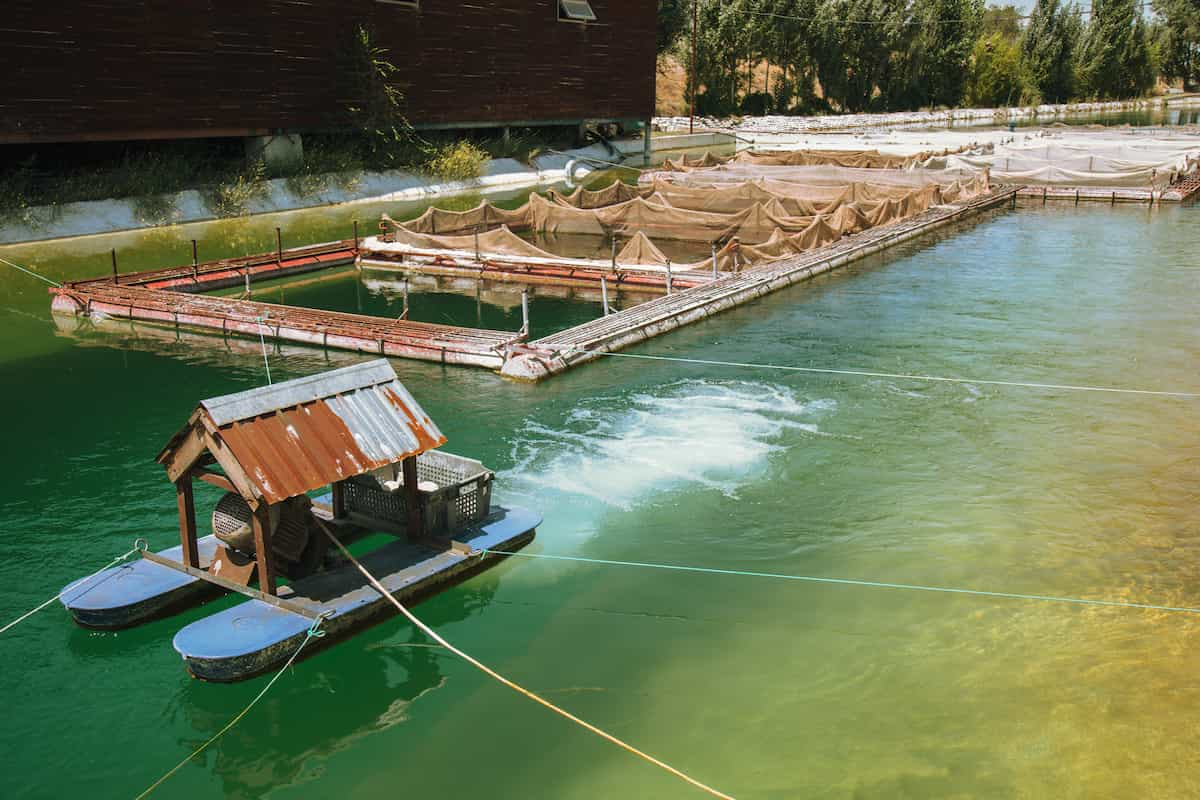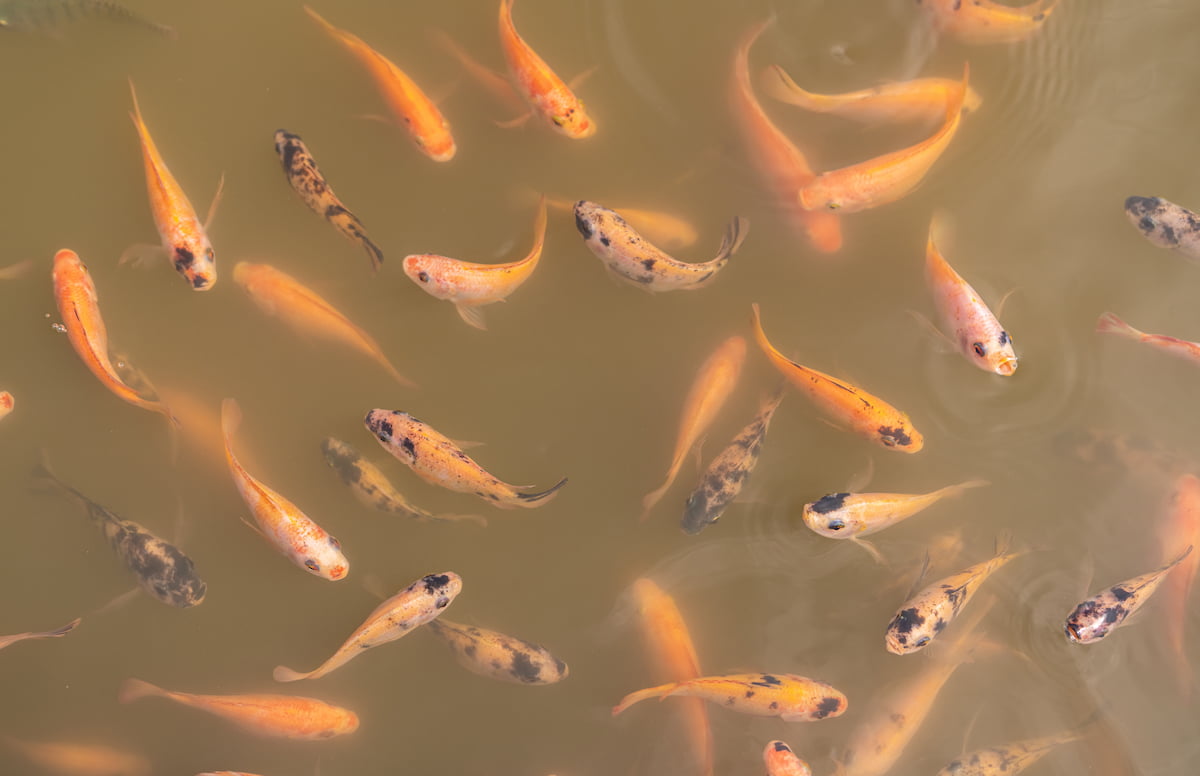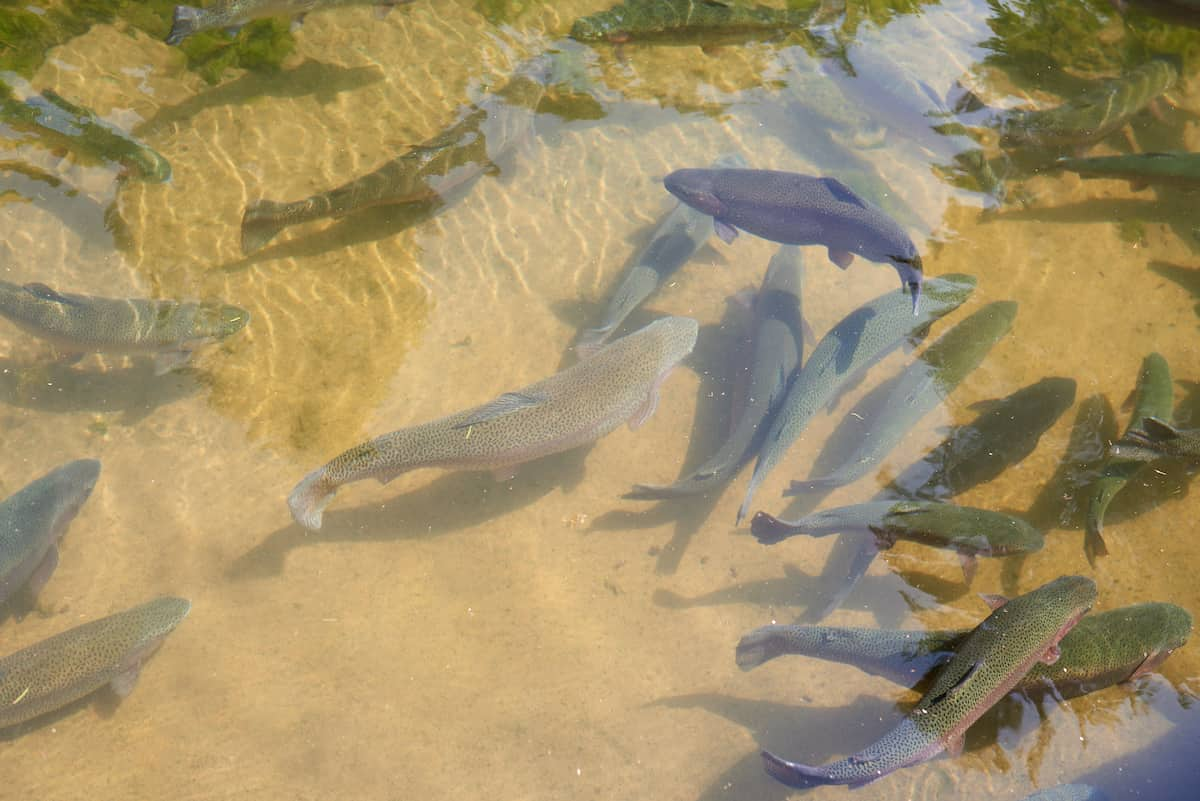Aquaculture is an essential source of fish and seafood, and the industry is rapidly expanding to meet the growing demand for protein worldwide. Proper nutrition is crucial for fish health and productivity, and feed binder gel has emerged as a powerful tool in aquaculture feed production.

This unique additive improves the quality and stability of fish feed, enhances pellet durability, reduces waste and loss, and promotes better feed conversion and nutrient utilization, ultimately leading to healthier fish and higher profitability. Blog post about the benefits of feed binder gel in aquaculture, its components, types, and how to use it effectively to maximize its advantages.
Benefits of Feed Binder Gel in Aquaculture
What is Aquaculture and the Importance of Fish Nutrition?
Aquaculture, or fish farming, is a rapidly growing industry that provides a significant source of fish and seafood for consumption worldwide. Proper nutrition is essential for the healthy growth and development of fish, and feed typically represents around 50% of the variable production cost in aquaculture.
In recent years, fish nutrition has greatly improved thanks to the creation of new, well-balanced commercial diets that help fish grow and stay healthy. These new species-specific diet formulations support the expansion of the aquaculture industry, which aims to meet the increasing demand for affordable, safe, high-quality fish and seafood products.
Commercial feeds can be either complete or supplemental, depending on the species of fish and life stage. Complete diets provide all necessary ingredients for optimal growth and health, while supplemental diets support the naturally available diet with additional protein, carbohydrates, or lipids. Complete diets are necessary for healthy fish growth and productivity in high-density indoor systems or cages where fish cannot forage freely on natural food.
What is Feed Binder Gel in Aquaculture?
Feed binder gel is a natural, thickening, and binding agent derived from seaweed commonly used to manufacture fish food pellets in aquaculture. It plays a crucial role in improving the quality of fish feed by binding the ingredients together, resulting in a more easily digestible and nutritious pellet.
This natural binding agent also helps to reduce water loss in fish food pellets, keeping them fresh for longer periods. By enhancing the quality of fish feed, binder gel promotes better health and productivity in fish, resulting in higher profitability for fish farmers. Aquaculture feed binder gel is an all-natural product that provides many benefits, including improving feed stability, reducing waste and loss, and enhancing feed conversion and nutrient utilization.
Components of Feed Binder Gel
Feed binder gels in aquaculture are substances used to increase the water stability of fish feeds, ensuring the pellets remain intact and fresh for longer. These binders include natural products like seaweed and refined substances such as guar gum, carrageenin, casein, gelatin, collagen, and chitosan. The selection of a binder depends on its cost, availability, and compatibility with the dietary formulation.
Some binders also have additional nutritional value, improving the feed quality and the fish’s health. However, some ingredients can be antagonistic to good pellet stability, including high lipid levels, cereal hulls, bone, salt, and molasses. Techniques such as pelleting, steaming, cooking, and expansion affect the water stability of the feed. Techniques that generate heat gelatinize or partially gelatinize natural starches in feed ingredients, helping to bind the feed together. The expansion technique is the most effective but also the most costly.
In case you missed it: Advantages and Uses of Yucca Schidigera in Aquaculture

Types of Feed Binder Gel
Some are natural products derived from seaweed, such as carrageenan, agar, and seaweed binder. Others are synthetic, such as carboxymethylcellulose (CMC) and hydrolyzed polyvinyl alcohol. Some binders have additional nutritional value, such as casein, gelatin, collagen, and wheat gluten. Guar gum, locust bean gum, and GFS (a mixture of xanthan gum, locust bean gum, and guar gum) are also commonly used.
How Feed Binder Gel Works in Fish Feed Production
Feed binder gel plays a vital role in fish feed production by helping to improve the physical quality of fish food pellets. When the gel is added to the feed ingredients, it binds them together, making the pellets more durable and easier to handle. This is especially important in aquaculture, where fish food pellets are often transported long distances and stored for extended periods.
The binding properties of feed binder gel also help to reduce water loss in the pellets, which keeps them fresh and nutritious for longer. In addition to improving the physical quality of the pellets, some feed binder gels also have nutritional value, providing essential nutrients to the fish.
How to Use Feed Binder Gel in Aquaculture?
To use them, one should mix the required binder gel with water to create a slurry, which is added to fish food ingredients and mixed thoroughly. The gel-based binder improves fish feed digestibility, reduces waste, and can be adjusted to suit the specific needs of the fish farm; by adding more gel to the mix, floating pellets of food can be created, making it easier for fish to find and eat.
Ten Benefits of Aquaculture Feed Binder Gel
- Improved digestibility: The binder gel helps to improve the digestibility of fish feed, promoting better overall health and growth for the fish.
- Reduced waste: With better digestibility comes less waste, reducing the overall cost of feeding and improving the cleanliness of the farming environment.
- Versatility: The binder gel can be used with various ingredients, allowing for customization based on the specific needs of the fish farm.
- Easy to Use: The binder gel is simple, requiring only mixing with water and adding it to the fish food ingredients.
- Improved pellet stability: The gel-based binder helps to stabilize pellets, reducing breakage and preventing the pellets from sinking to the bottom of the tank.
- Reduced fines: The binder gel helps reduce the number of fine particles, which can harm the fish.
- Uniformity: The binder gel helps to create uniformity in the feed, ensuring that all fish receive the same nutrition.
- Increased water stability: The binder gel increases water stability by preventing the feed from breaking down and clouding the water.
- Enhanced nutrient retention: The binder gel helps to enhance nutrient retention, ensuring that the fish have the necessary nutrients for better growth and health.
- Cost-effective: The use of binder gel is a cost-effective solution, reducing the overall cost of feeding and improving the efficiency of the operation.
In case you missed it: How to Start Aquaponics in Greenhouse: A Step-By-Step Guide

Conclusion
Feed binder gel is an essential component of successful aquaculture feed production. It improves feed quality, enhances fish health, and reduces waste, ultimately increasing profitability for fish farmers. With their ease of use and versatility, gel-based binders are a popular choice among fish farmers and the specific needs of different fish farms.
- Ultimate Guide to Ossabaw Island Hog: Breeding, Raising, Diet, and Care
- Ultimate Guide to Juliana Pig: Raising Facts, Size, Diet, Care, and Lifespan
- Raising Lleyn Sheep: Disadvantages, Price, Uses, Characteristics, and Care
- Ultimate Guide to Meishan Pig: Breed Facts, Breeding, Raising, and Care
- Ultimate Guide to Teacup Pigs: Raising, Diet, Lifespan, Cost, and Care
- Guide to Raising Poll Dorset Sheep: Facts, Profile, Characteristics, Uses, and Care
- Ultimate Guide to Bighorn Sheep: Characteristics, Diet, Lifespan, Breeding, and Lifecycle
- Ultimate Guide to Raising Katahdin Sheep: Farming Facts, Breed Profile, Uses, and Care
- Ultimate Guide to Raising Oreo Cows: Belted Galloways Farming Facts, Profile, Uses, and Care